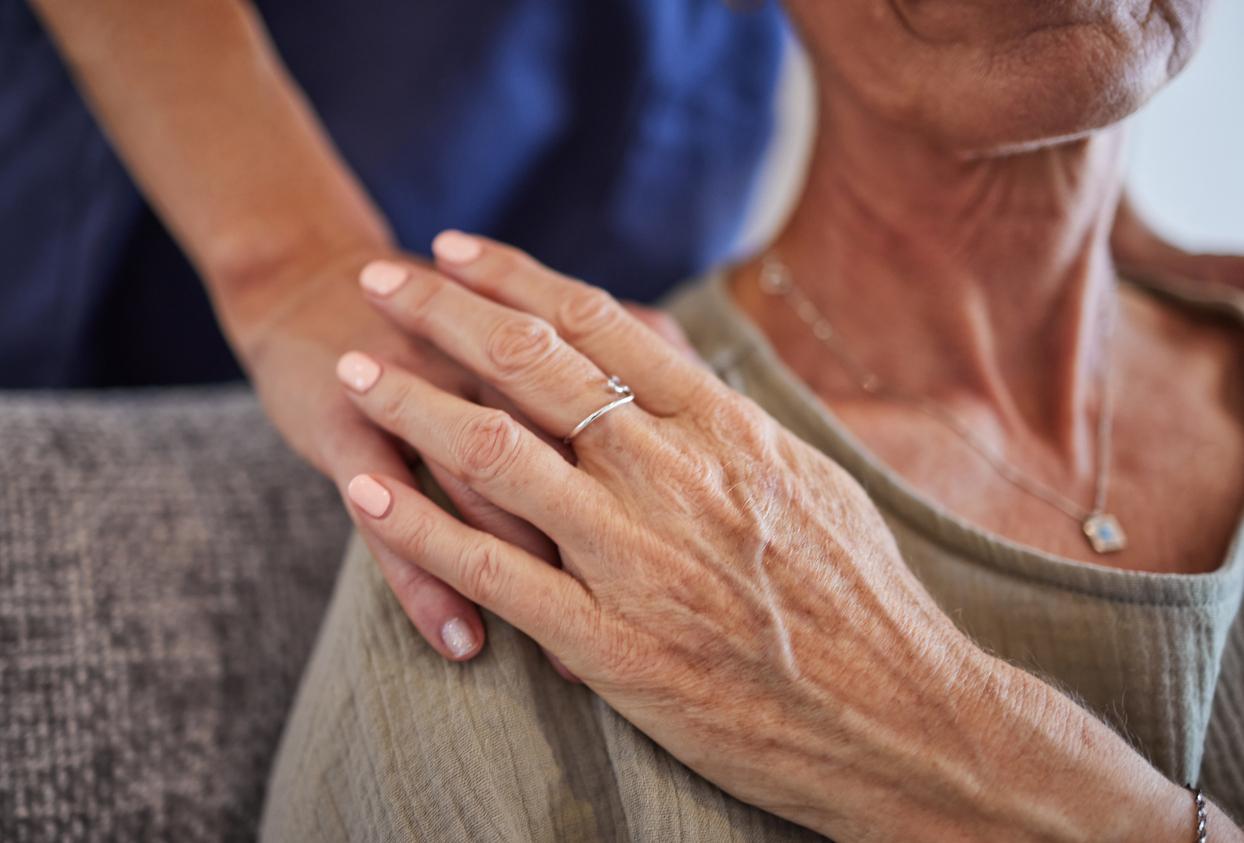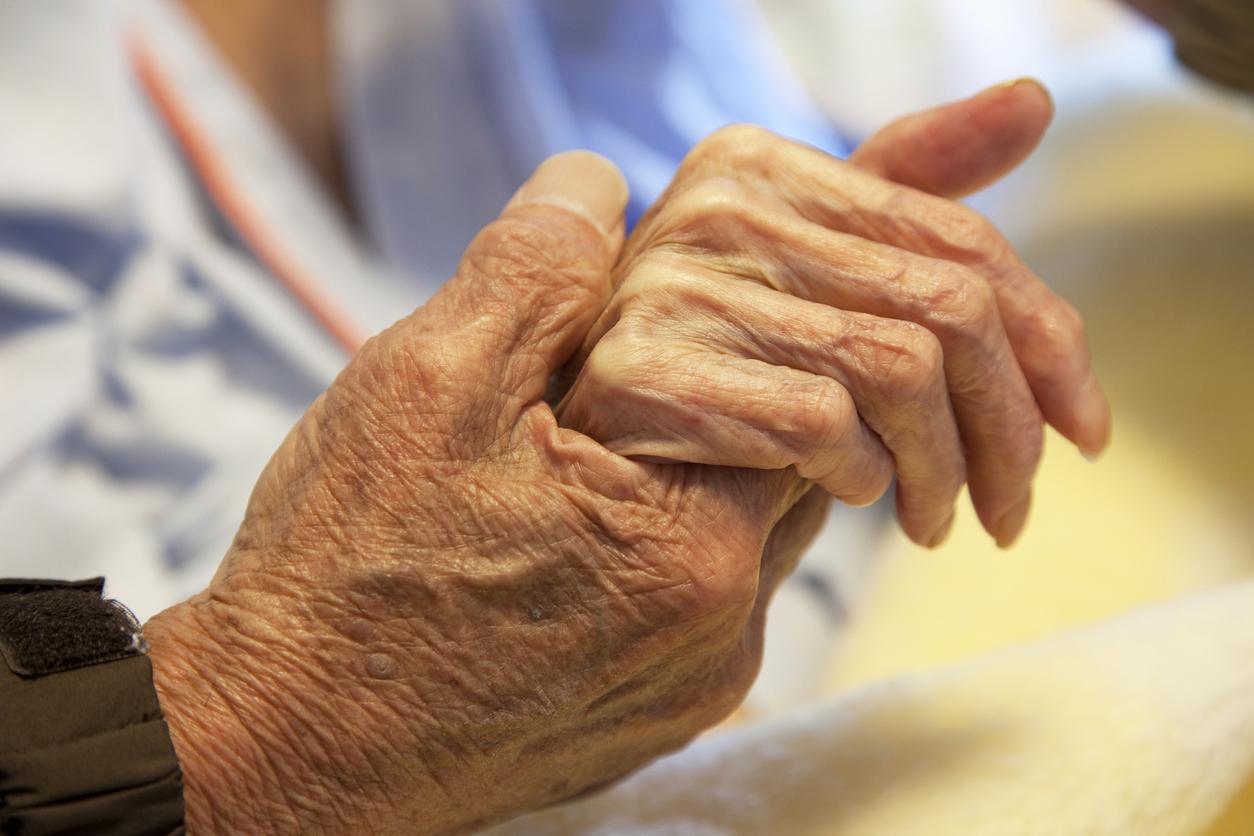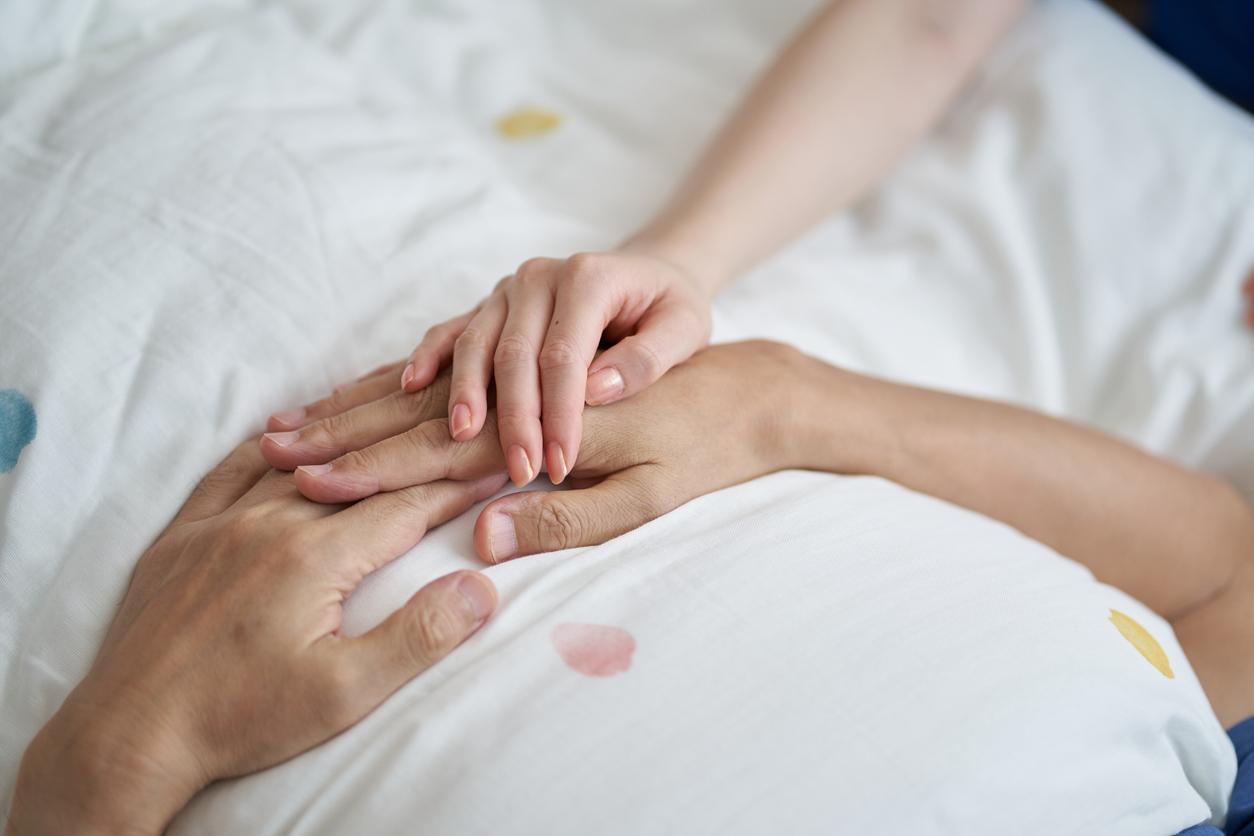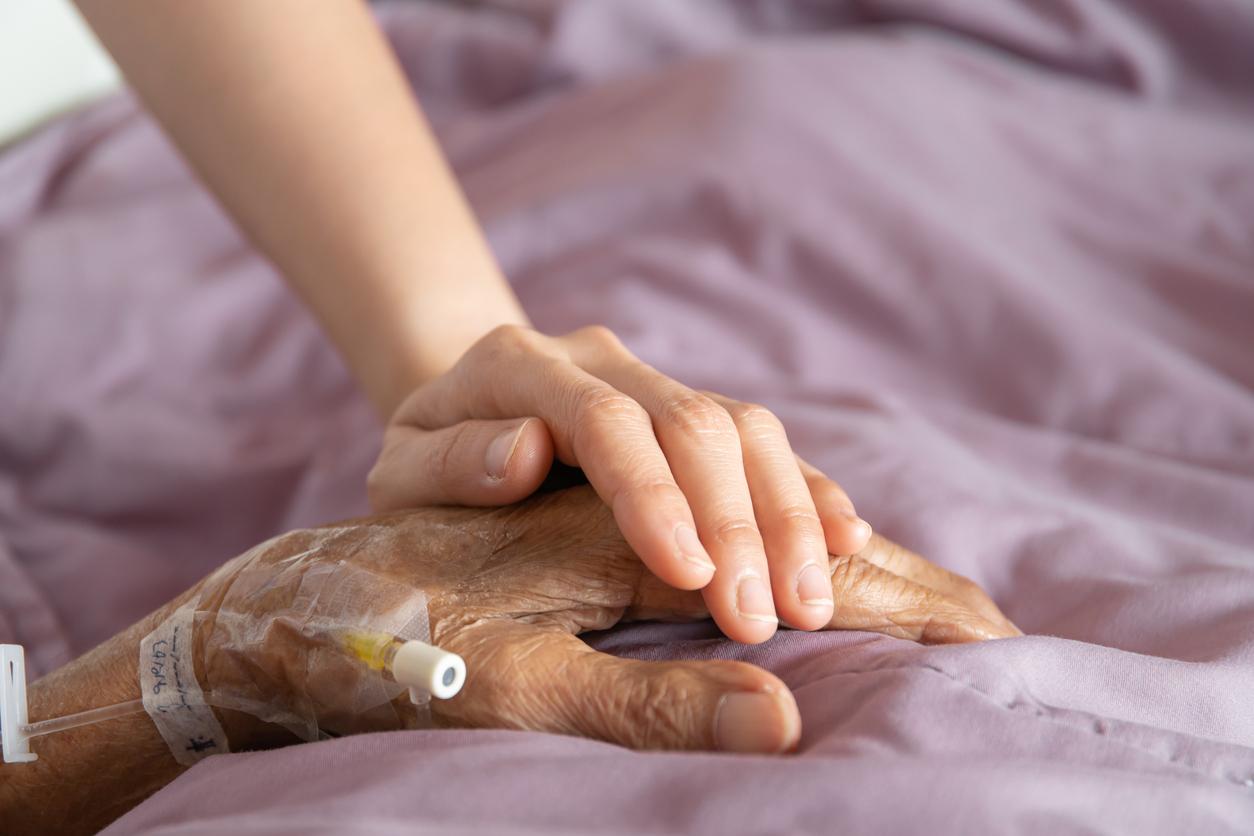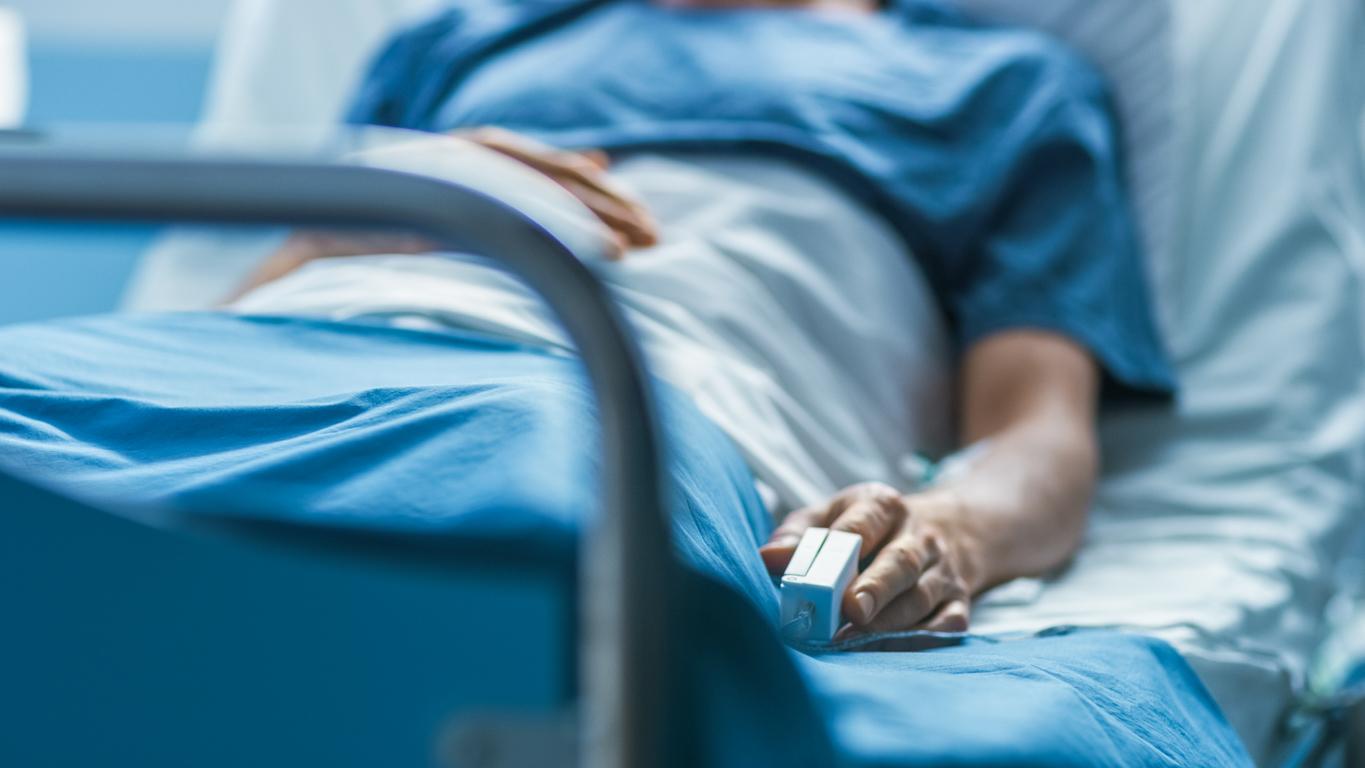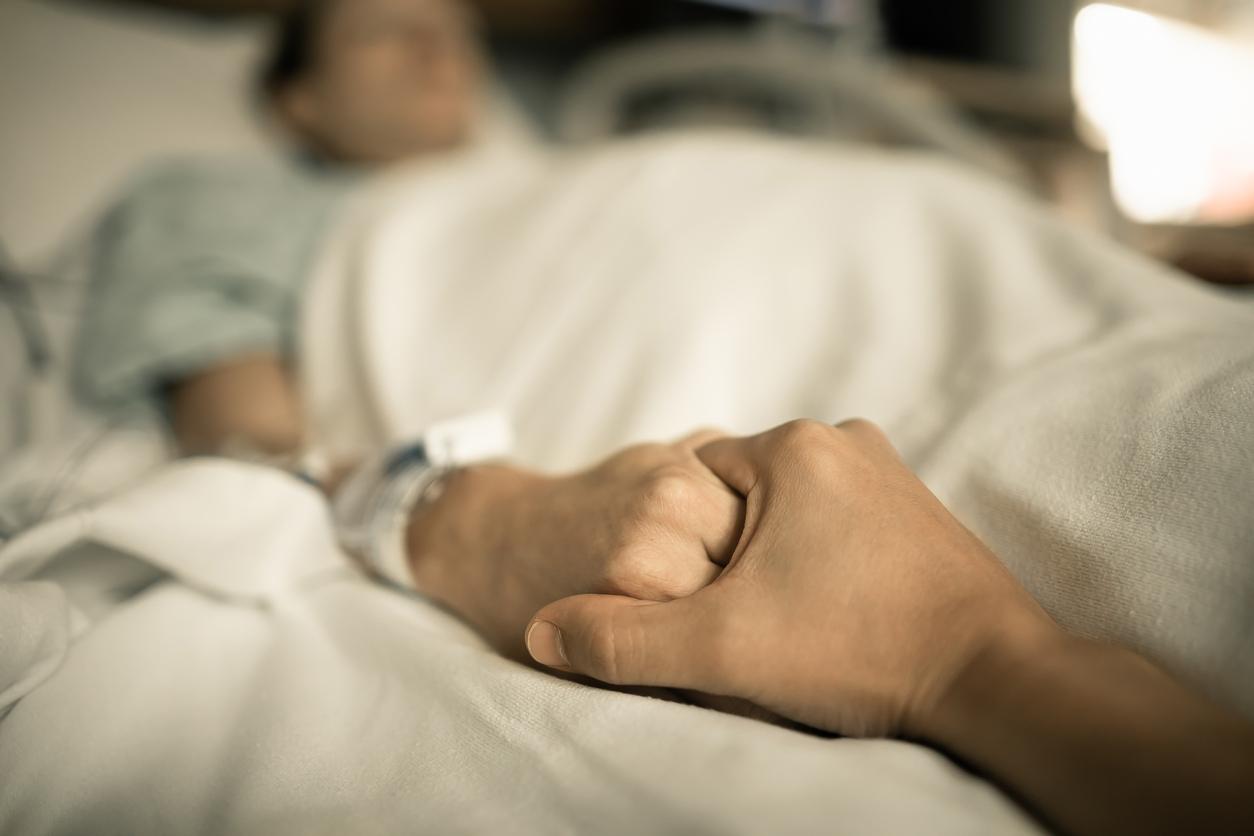A teenage girl has been in a deep coma since June. The doctors who treat her believe that there is no longer any hope. The parents refuse to authorize the cessation of care. The Council of State, seized in interim relief, ruled and validates the cessation of care. It is now up to the doctors to apply this decision.

This Friday, the Council of State validated the decision to stop the care of a 14-year-old girl, in a vegetative coma since June 2018, but that the parents refuse to let die. It had been seized by the parents according to the procedure of the “summary freedom”, a procedure which allows the judge of the summary proceedings “to order any measure necessary to protect a fundamental freedom”. This decision comes in the wake of the decision of the administrative court of Nancy which, on December 7, had validated the opinion of the doctors, expressed in collegial procedure at the end of July.
According to the spokesperson for the Council of State. “It is therefore now up to the doctors in charge of the child to assess whether, and within what time frame, the decision to stop treatment must be executed”.
A hopeless coma
Inès suffers from a neuromuscular autoimmune disease. She has been hospitalized since June at the Nancy CHRU following a serious heart attack which caused a past coma or “vegetative coma”.
Despite intensive care, and with no improvement in her condition, doctors deemed her case hopeless. In accordance with the 2016 law on end of life, they launched a procedure aimed at stopping treatment.
The father and mother of the teenager, had urgently seized (“in summary”) the highest administrative court to oppose the decision of the administrative court of Nancy which had validated the proposal to stop medical care. For the parents, the court’s decision amounts to asking these doctors “to put her to death” … An understandable interpretation, but a little abrupt.
Apply the end of life decision
It is not, in fact, to bring about the end of the young girl’s life. Active euthanasia is prohibited in our country. It is about letting her die and therefore stopping supportive care. There is a very precise protocol, but it is difficult for a doctor to talk about a medical act, even if it should.
Giving death is the reverse of a doctor’s mission. We see the dilemma. However, one should not be naive either… It is for generations that doctors have shortened – often in great solitude – the suffering of patients for whom there is no longer any hope, except to prolong the suffering. unnecessary.
An end-of-life protocol
In the case of these deep comas, there is an “end of life” protocol, which consists of stopping food and hydration, and giving anesthetic drugs. It is true that this can be interpreted as “dying of thirst and hunger”, but it is not.
We have two certainties. The first is that the brain only works automatically, without consciousness. The second is that if there was the slightest doubt that the patient could feel pain, the anesthetic drugs used jointly would not. leaves no room for both moral and physical suffering.
Today, products are used a million times more powerful than morphine. This leaves little room for suffering. Except that of the parents.
.




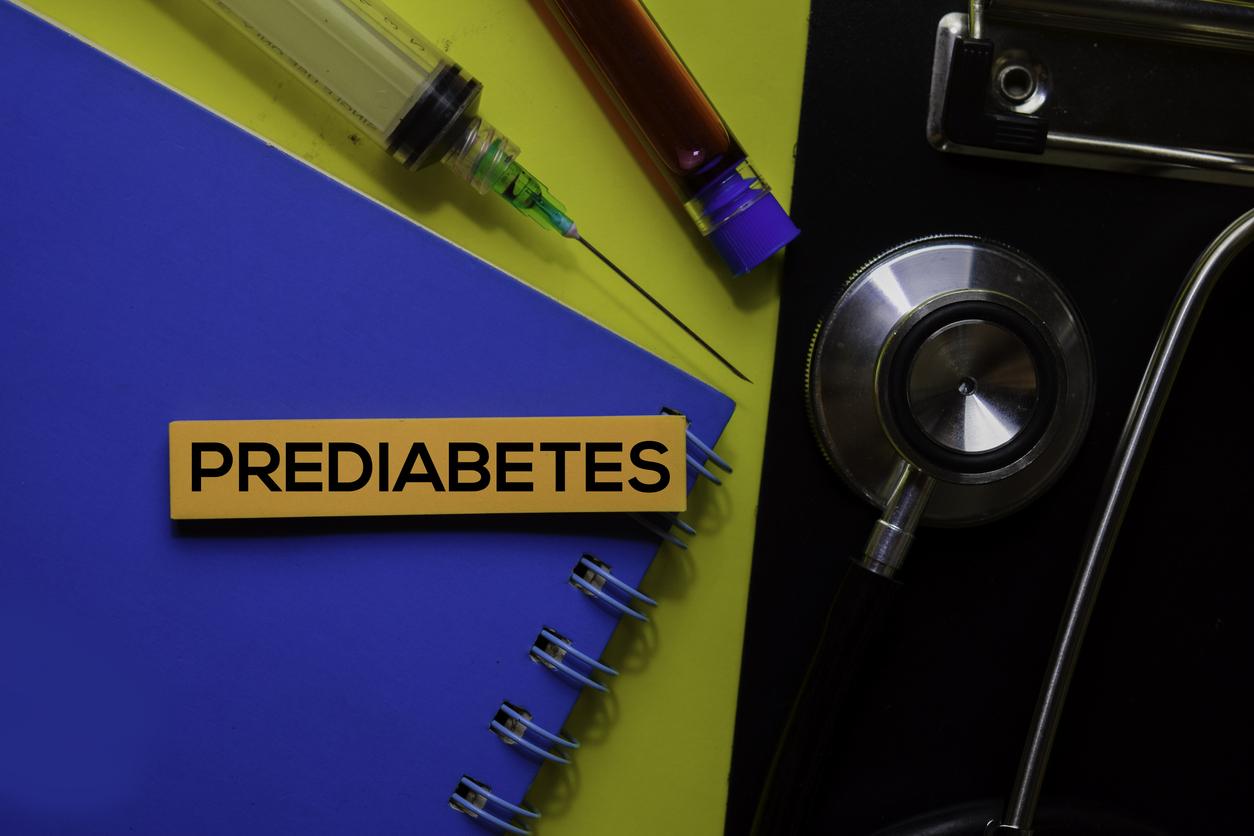
-1730888646.jpg)



